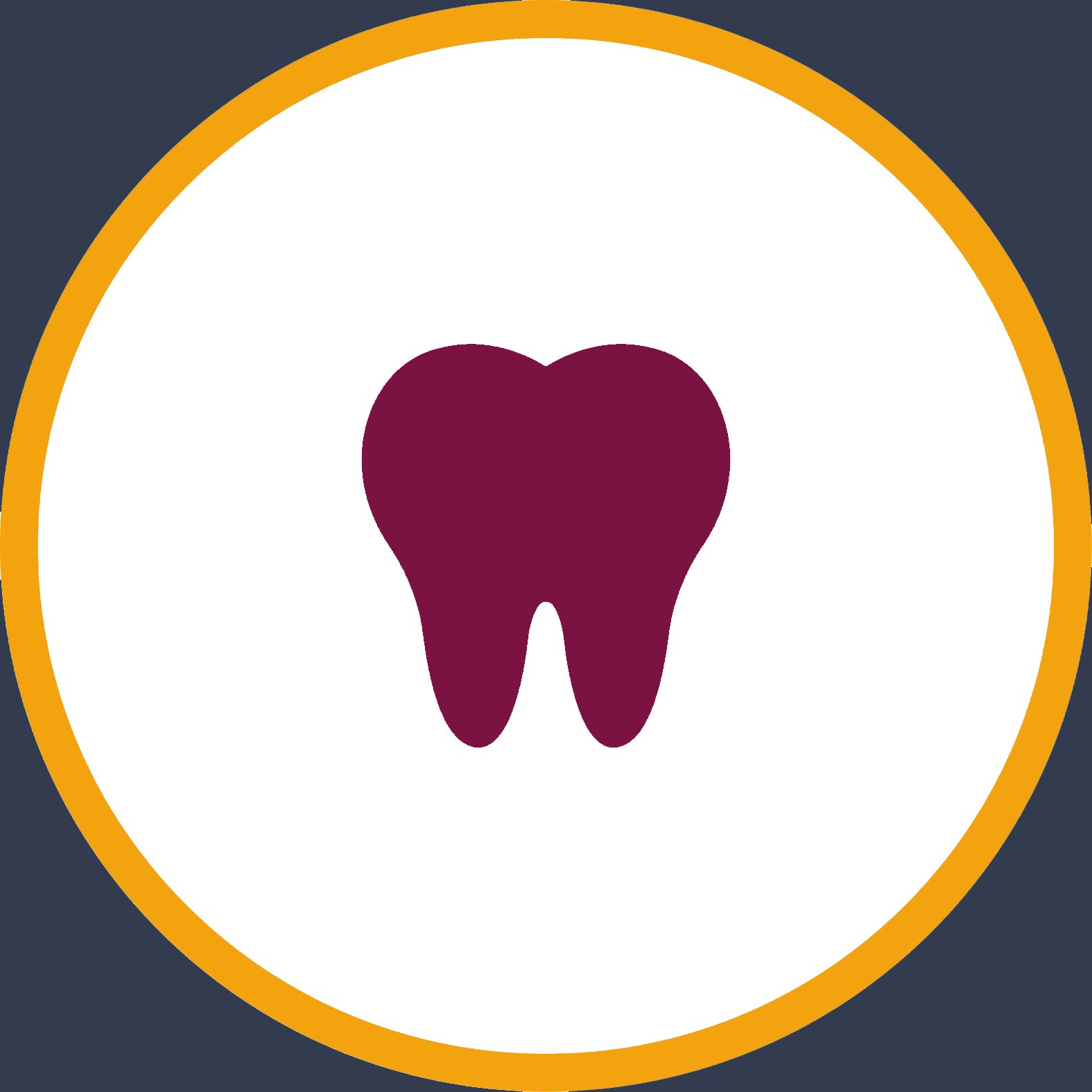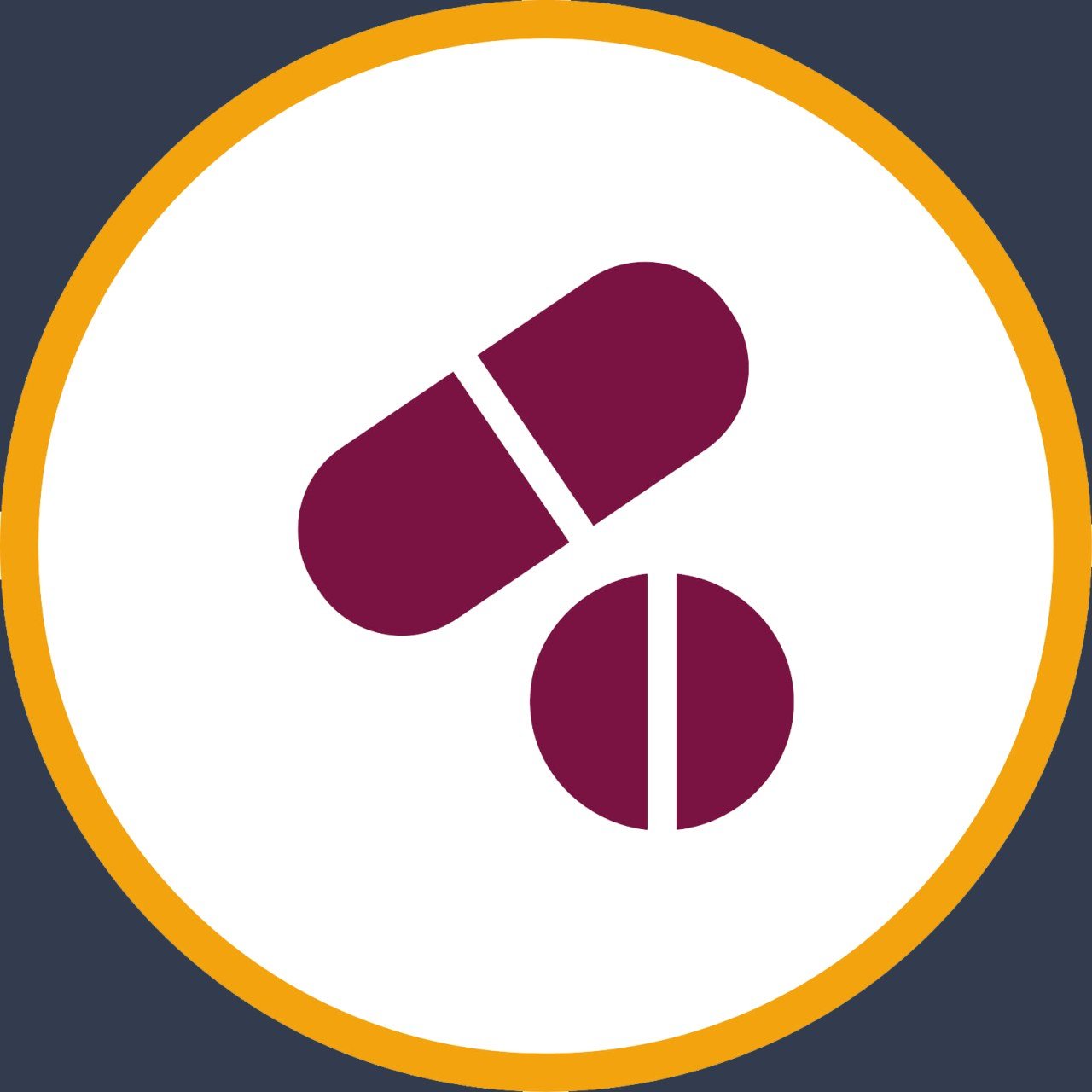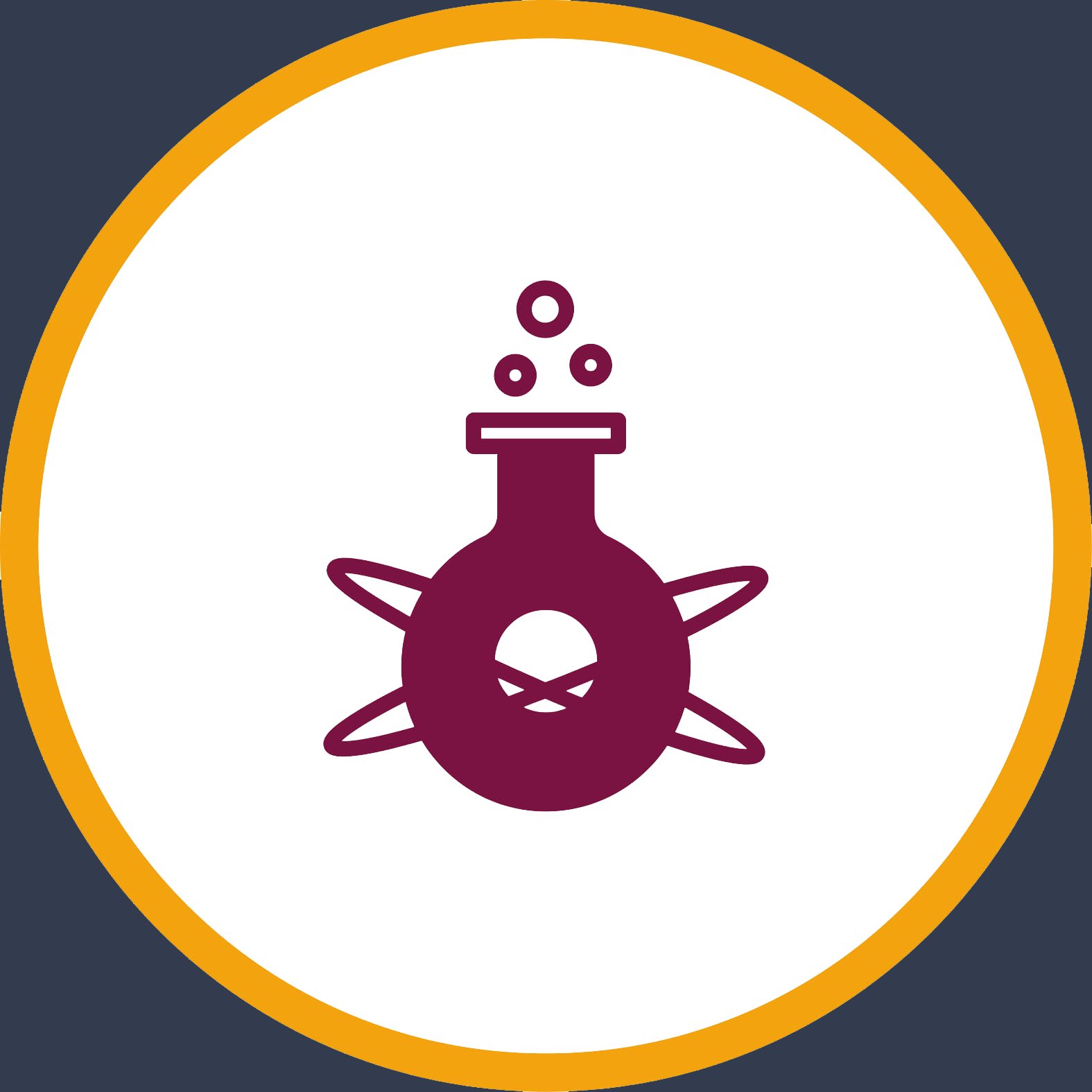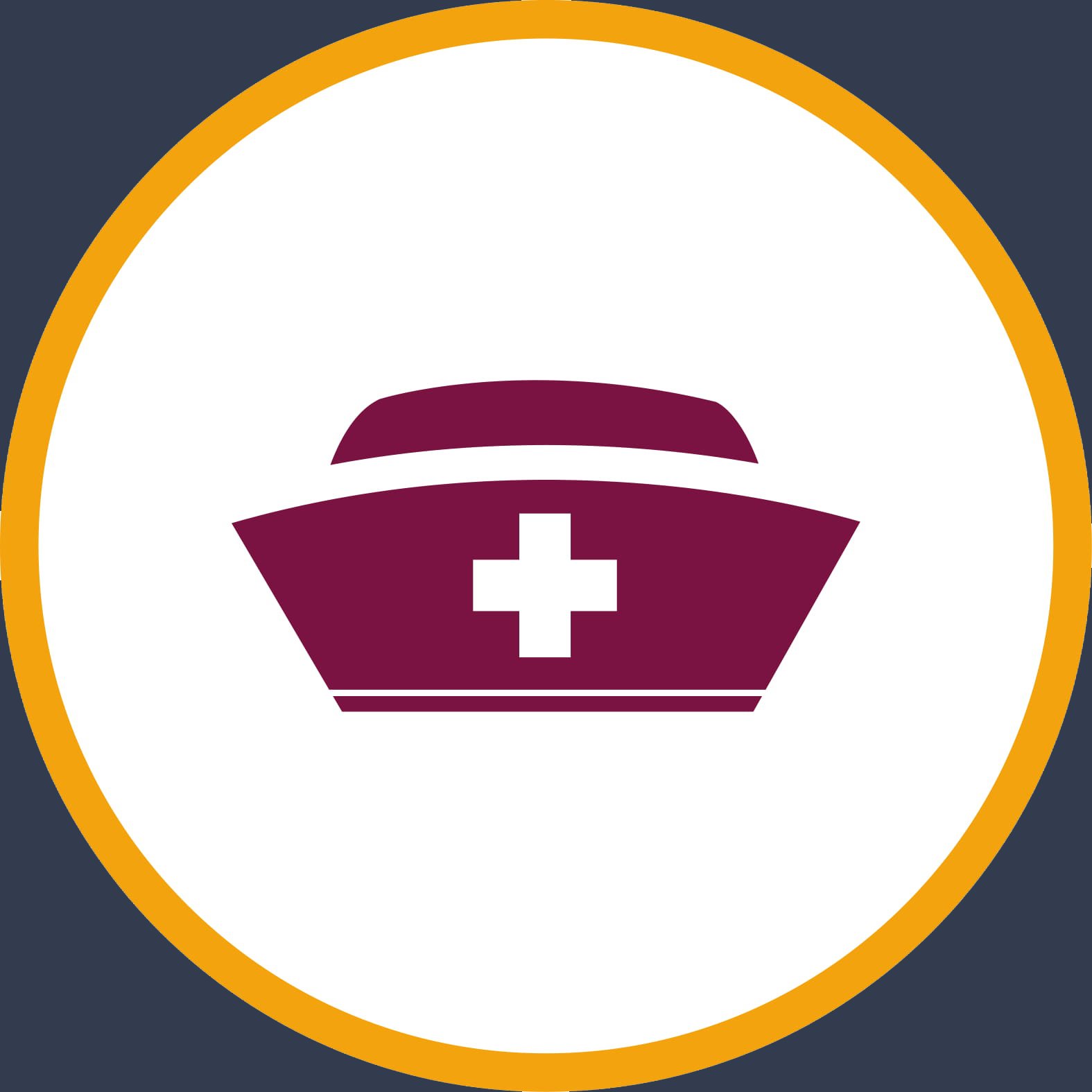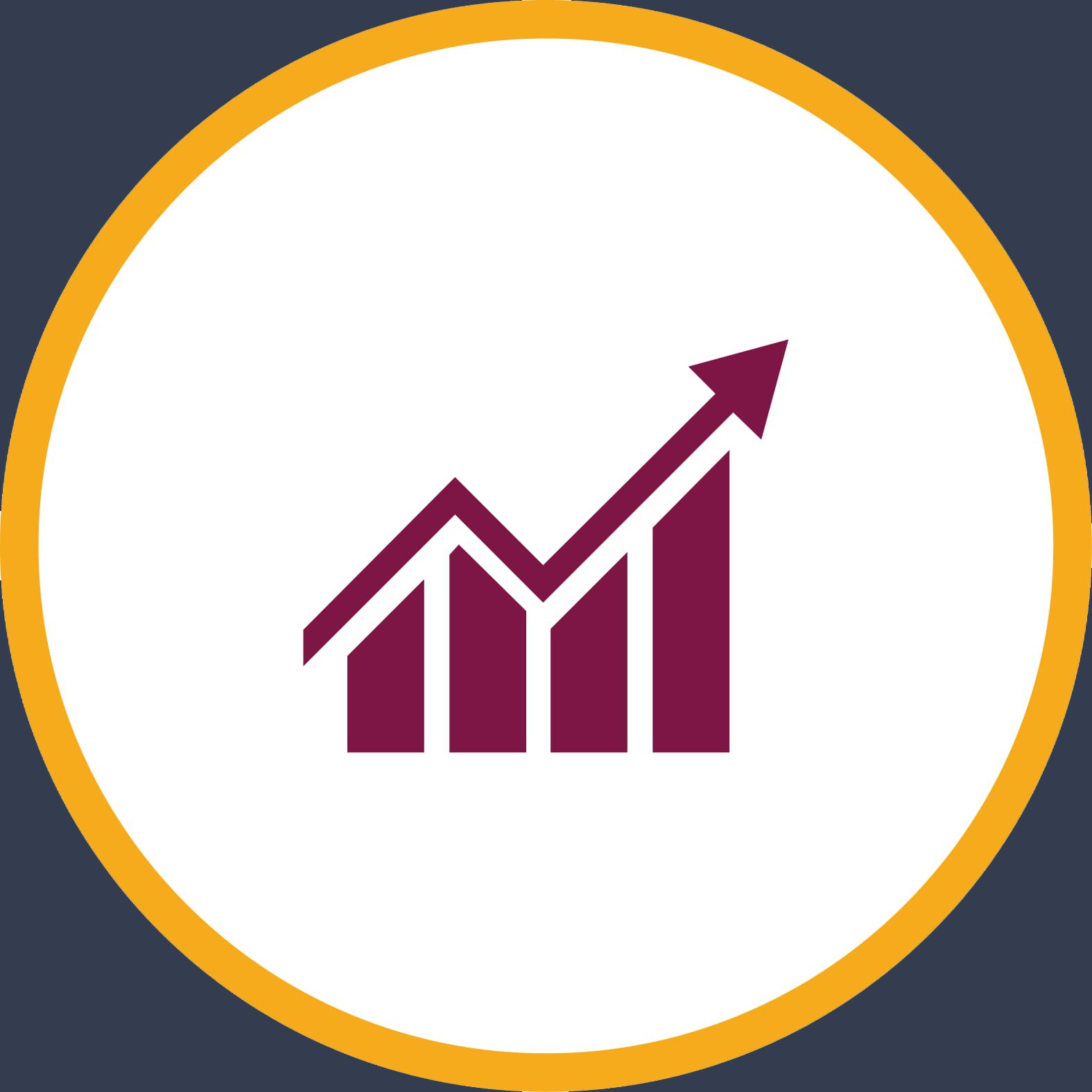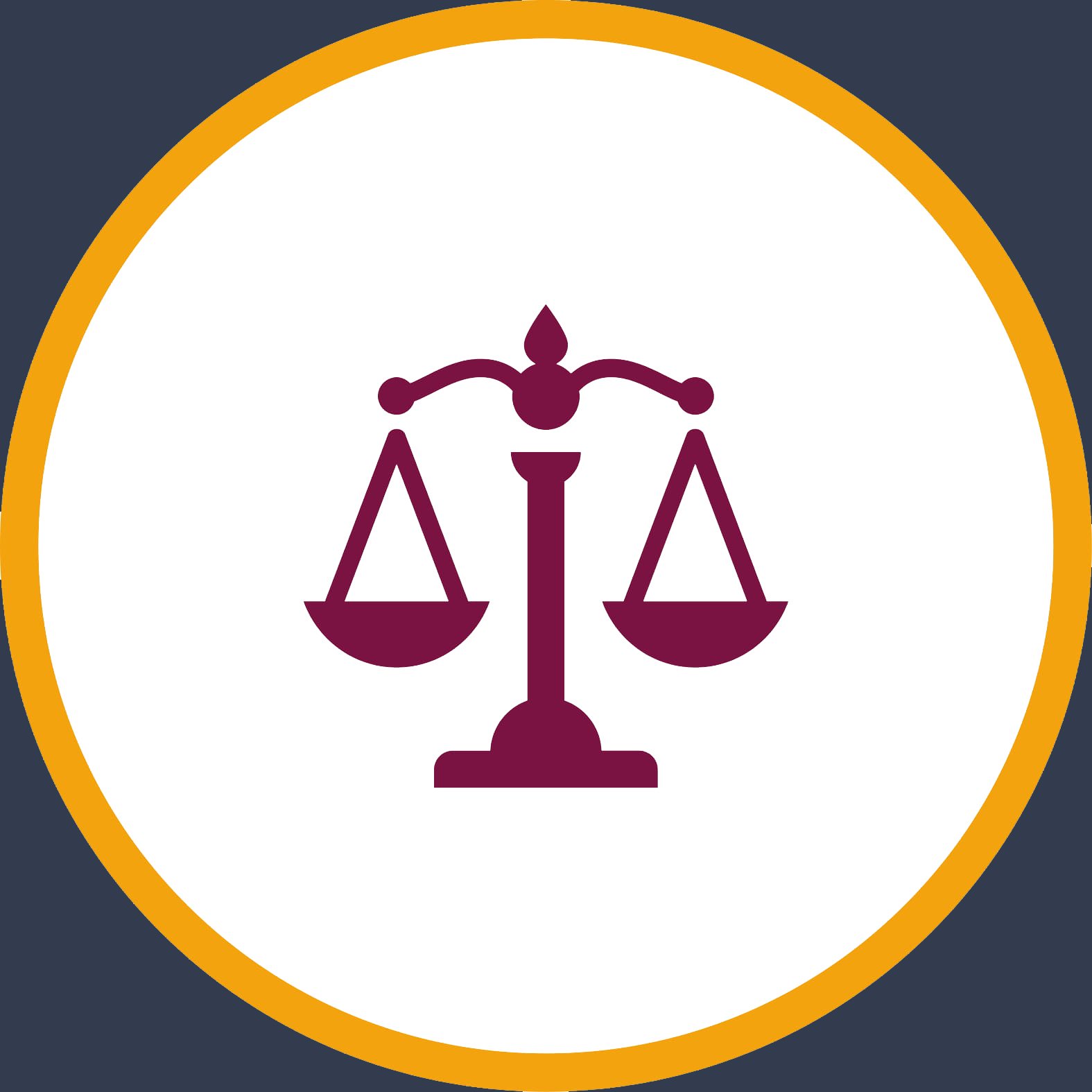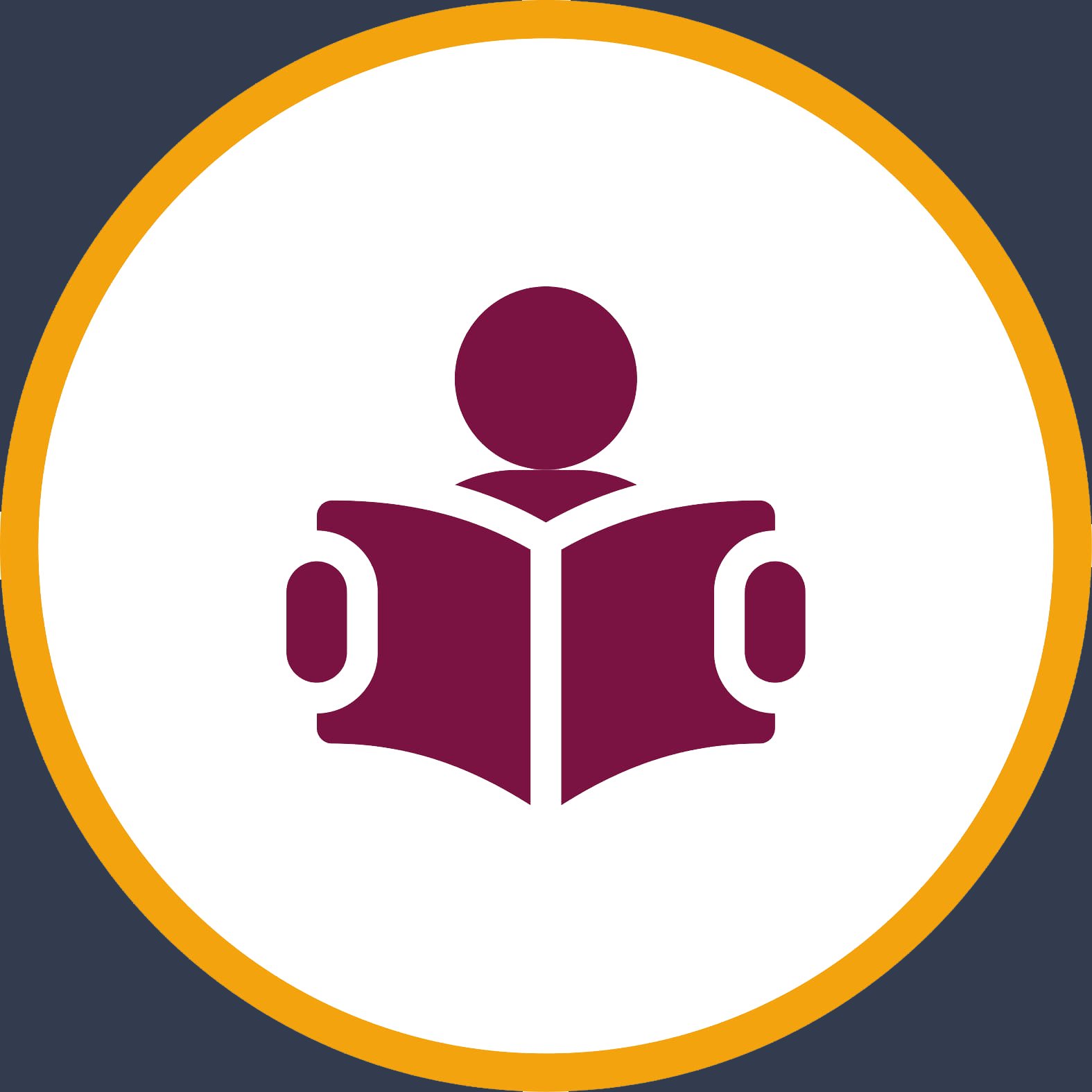Here are some Program Learning Outcomes (PLOs) for the IT department at Tishk International University:
- Technical Skills: Graduates will demonstrate proficiency in applying technical knowledge and skills to solve IT-related problems.
- Problem Solving: Graduates will be able to analyze complex problems, design appropriate solutions, and implement them effectively.
- Communication: Graduates will effectively communicate technical information in oral, written, and graphical forms to both technical and non-technical audiences.
- Teamwork: Graduates will collaborate effectively in multidisciplinary teams, demonstrating leadership, interpersonal skills, and respect for diverse opinions.
- Ethical Responsibility: Graduates will understand and apply ethical principles and practices in their professional work, demonstrating integrity and respect for privacy and intellectual property.
- Professional Development: Graduates will engage in continuous learning and professional development to adapt to rapidly changing technologies and societal needs.
- Global Perspective: Graduates will recognize and appreciate the impact of IT on society and demonstrate awareness of global and cultural issues related to technology.
- Innovation: Graduates will demonstrate creativity and innovation in applying IT solutions to address real-world problems and opportunities.
- Research Skills: Graduates will possess the skills necessary to conduct research, including the ability to locate, evaluate, and apply information from various sources.
- Entrepreneurial Mindset: Graduates will be equipped with the knowledge and skills to identify entrepreneurial opportunities and develop innovative IT-based solutions.
These outcomes reflect the core competencies and values that the IT program at Tishk International University aims to instill in its graduates.


